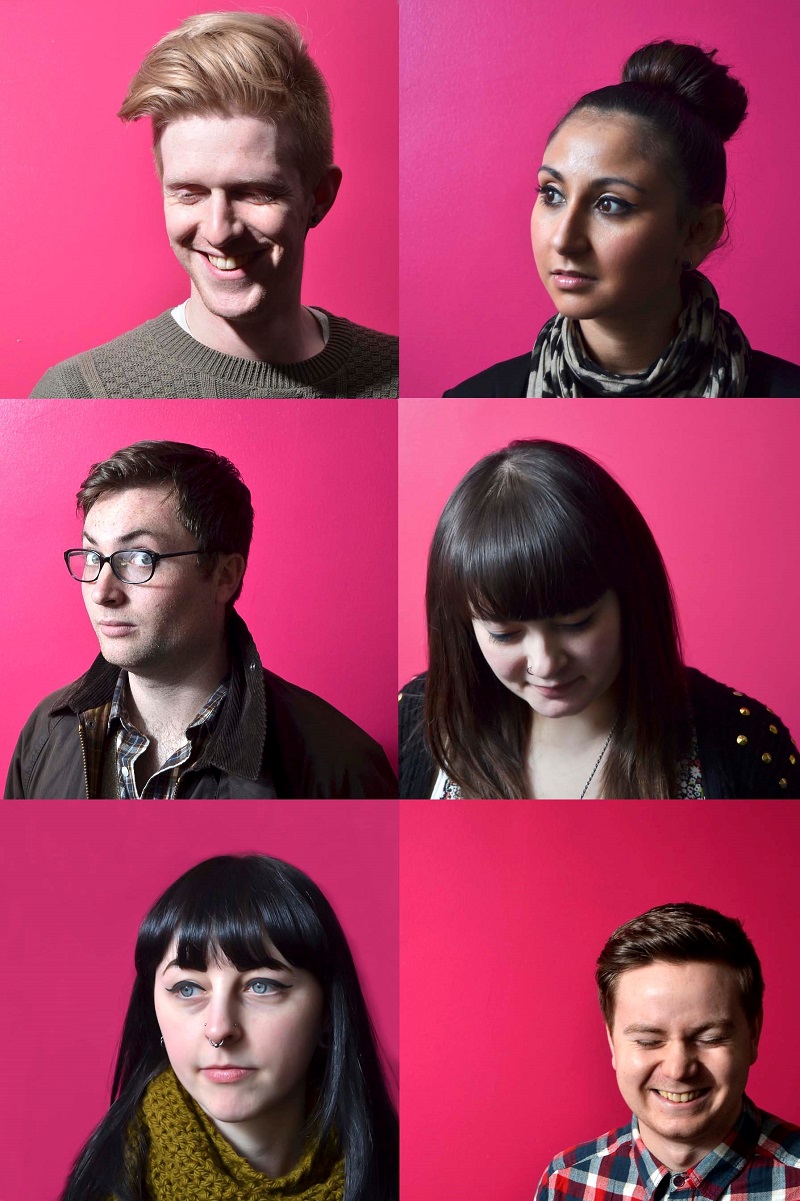
Extra-curricular Bronze Arts Award creating a ‘buzz’ for ceramics
BY: Guest Writer
27 Jun 2024
Ruth Stewart, Head of Art at Southend High School for Girls explains how their extra-curricular Arts Award activities provide a safe, positive environment for many of their students and enables them to work in small groups to explore ceramic-making in more depth; resulting in a ‘buzz’ in the art department.
At Southend High School for Girls, we are lucky to have a kiln and have recently purchased some wonderful new glazes (the glassy coating on ceramics). Using glazes however, and having successful outcomes with clay in general is quite a challenging task.
We have always offered ceramic-making opportunities to our lower school students, but the outcomes have been varied, mainly due to large class numbers. Arts Award has changed all this by offering an opportunity to work in small groups. We have been able to allow the students to become more familiar with using clay and for them to have appropriate instruction and support, which is required to produce successful ceramic pieces.
It has been rewarding to see how Arts Award has inspired our students to become skilled at ceramics; we hope to offer more sessions and even an opportunity to experience a session on the pottery wheel. There is now a whole new world of glazed pieces filling shelves around the school, arrangements on display and creatively decorated tiles on walls. This is a result of the buzz that has been created in the art department.
I have been delivering Bronze Arts Award at lunchtimes, as an extra-curricular informal lesson to 80 Year 8 students (about half the year group). I started with setting a research task about Pablo Picasso (Part C – Arts Inspiration). I showed them some images of Picasso’s work on a screen and talked about his work and ceramics. The students then had two weeks to do some further research and sketches and to produce a design for a Picasso inspired clay mask (Part A – explore the arts as a participant). This fitted in well with the Year 8 ‘Seeing things differently’ scheme of work as we looked at Surrealism, Expressionism and Cubism amongst other genres; it was great to see students recognising the art movement and certain paintings.
To ensure all students were able to make a clay mask, we split them into smaller groups and held weekly clay workshops at lunch times (Part A). They were supported by our very talented technician. The results were superb and good use was made of the glazes. Many students have found the Bronze arts log (available to purchase from the Arts Award Shop) a great structure to use to evidence their progress.
As a result of the lunchtime Bronze Arts Award sessions, demand grew for the after-school club, which is open to all Key Stages. Some of the students from the lunchtime Arts Award group are now regulars at the after-school club and ceramics has recently been a real success.
In addition to the Picasso project, the beginners’ workshops, open to both Bronze and Silver students, allowed them to make a simple stem vase (Bronze Part A and Silver Unit 1 Parts A & B). Painting faces on these with glaze made these both quirky and individual.

Another recent ceramics project linked to Arts Award was a collaborative effort involving designs by A-level Art students to create tiles which were painted with oxide. The resulting tiled scene is reminiscent of Delftware (a type of tin-glazed pottery or faience in which a white glaze is applied, usually decorated with metal oxides), but represents a local seascape of Leigh-on-Sea boats, created by the Year 8 ceramicists. Clay has become a new specialism within the art department and this has certainly been fast forwarded by the fact that Arts Award allows for a different way of doing things to be explored.

Our Arts Award programme provides a happy, creative environment where students who enjoy making and creating things come together and have fun. We have over half the year group doing Arts Award, so it is busy and takes a lot of organising. We make sure we allow for small groups of students to have time to enjoy art in the studios, without the large class numbers and the constraints of formal lessons.
The weekly lunchtime sessions are regularly attended in particular by students who enjoy the space and can be themselves and relax. Our school is diverse in all ways and is supportive of LGBTQ+ and very accepting of students with various gender identities.
I believe that extra-curricular creative activities provide a place for students who need a little extra support and some interaction with people of all ages to encourage their art skills. The Arts Award lunchtime sessions provide a positive environment at school for some of our anxious and troubled students and has helped their wellbeing and brought them joy.
We currently have ten students working on their Silver Arts Award and the demand for Silver is growing. There are also two students working on their Gold Arts Award. I am confident that the number of young people doing Arts Award next year will be even bigger! Arts Award really helps facilitate our celebration of the arts in the school.
Related posts
BY: Alan Lynch




Comments & Replies